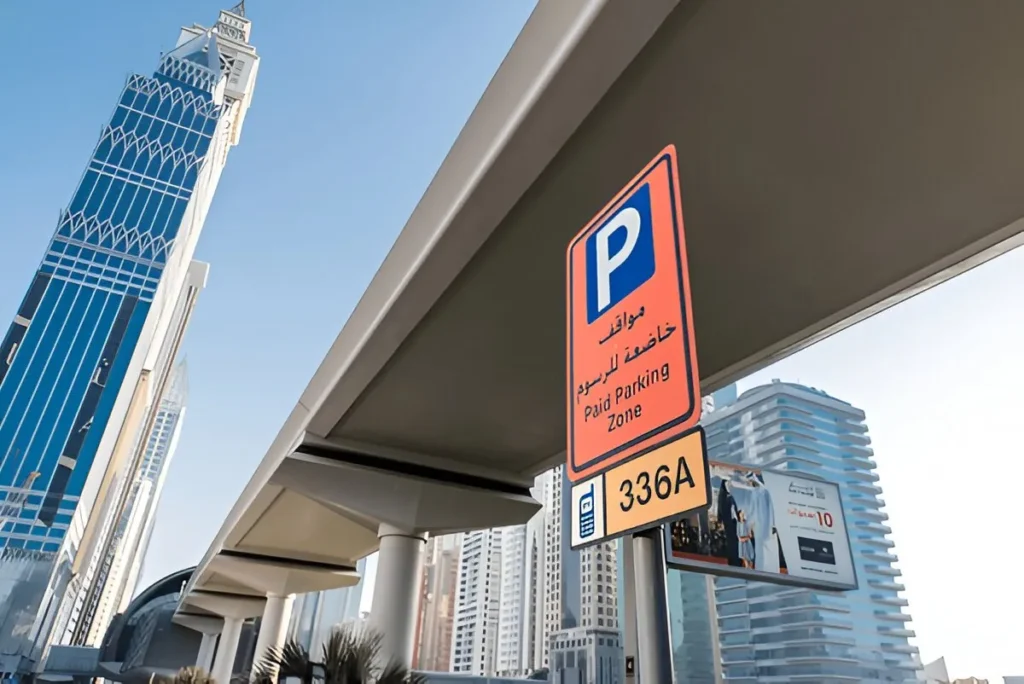Air conditioning is often one of the most expensive utility bills that one faces in Dubai. The challenge here is to enjoy the benefits of being protected from the harsh sun whilst basking in the joy of saving money. To achieve this, residents and landlords in Dubai can now choose between the two major options – District Cooling (DC) and Chiller-free Cooling. But don’t worry, making this choice couldn’t get any easier! In this article, we’re going to look at the main differences between District Cooling (DC) and Chiller-free Cooling and compare the benefits.
District Cooling (DC) in Dubai
This system was first introduced as a climate-conscious, environmentally friendly and cost-effective temperature control system in Dubai in 1999. UAE’s primary DC service providers at the moment are Tabreed in Abu Dhabi and Empower and Emicool in Dubai. Compared to conventional air conditioners, DC systems use less energy to cool a space. They do so by feeding chilled water into buildings via an underground insulated conduit from a central plant nearby, rather than having power diverted to individual air conditioning systems. This technique almost halves the cost of air conditioning for tenants.
Based on Empower’s website, the total cost of DC features:
- Consumption Charges (based on DC use)
- Demand Charge paid by landlord (AED 750/Refrigeration Ton) per annum
- Meter Maintenance Charge
- Connection Charge
- Administration Charge
- Disconnection Fee
- Meter Testing Fee
- Voluntary Disconnection Request.
Here, the tenant is responsible for paying all these charges and fees except for the Demand Charge. Very quickly, the situation goes from dire to worse as the tenant ends up paying a significant amount towards air conditioning, along with other utilities such as electricity and water. Maintaining your home, in this scenario, becomes rather difficult.
Chiller-Free Cooling in Dubai
Contrary to district cooling where the tenant pays the cooling costs, chiller-free properties hold the landlord accountable for covering the full expense of air conditioning. The electricity bill paid by the tenant does not include air conditioning costs as it is borne by the landlord.
Air conditioning use and charges are tracked using a meter installed at the unit, i.e., the building or property. In a chiller-free space, an additional chiller system is installed on the terrace and linked to the main electricity meter of the building. This prevents the cooling fees from appearing on your DEWA account, ensuring that it will be paid only by your landlord. So, in many ways, chiller-free cooling is an added advantage for tenants when renting residential spaces in Dubai.
Verdict: While DC offers a greener alternative, chiller-free cooling is definitely more pocket-friendly for tenants. It is important to note, however, that those living in districts with DC can still receive the perks of chiller-free cooling since the landlord is the decision-maker.
Now that you know how air cooling in Dubai works, it’s time to find you a property that fits your needs! Rent your dream home here, or go a step further and make it your own here!






